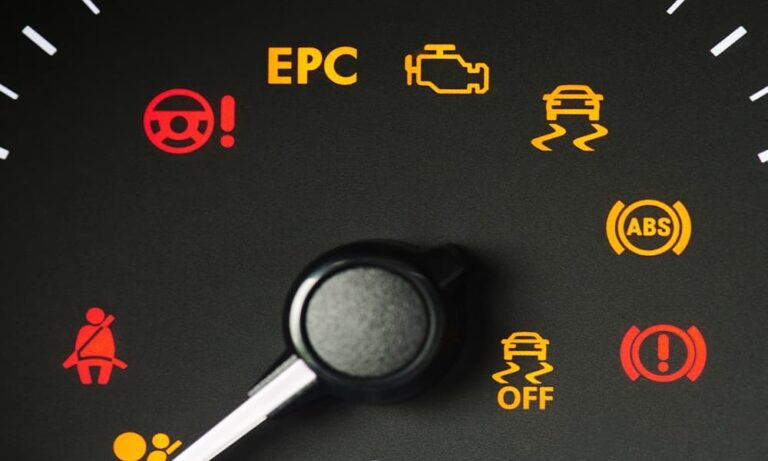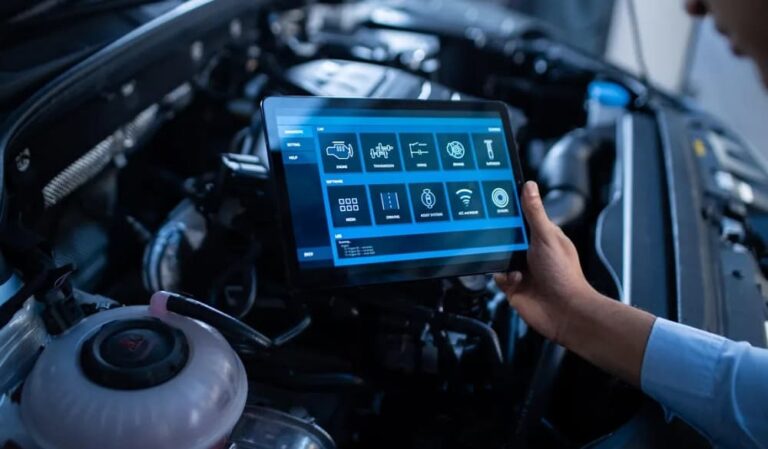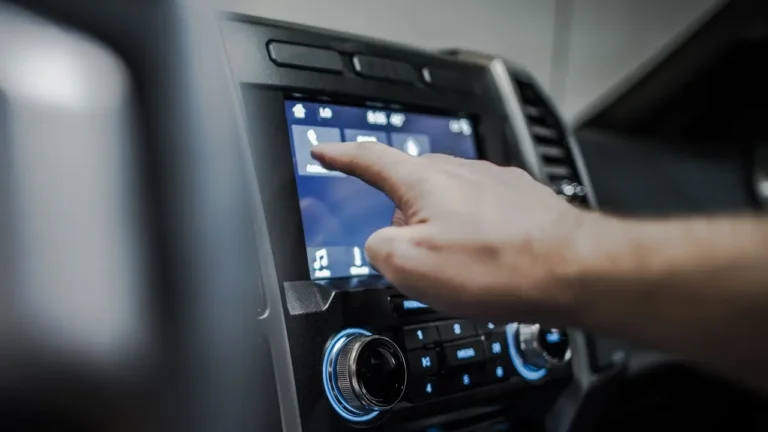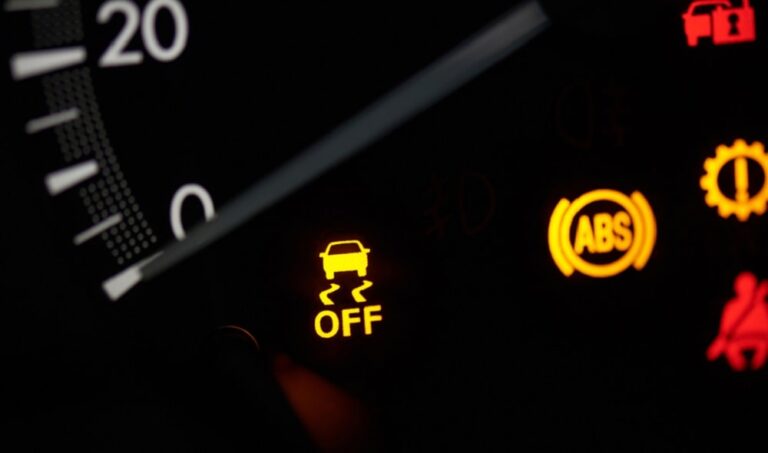What is EPC & What does the EPC light mean? Repair yourself
If you have your own car or even in driving school, you may have come into contact with the EPC light. Especially if you drive a Volkswagen, then your car probably has an EPC light, and if it lights up, then you will surely get nervous because if a lamp lights up, which otherwise does not light up, one should always become attentive. Here you can find out what an EPC light is and what it means when it lights up.
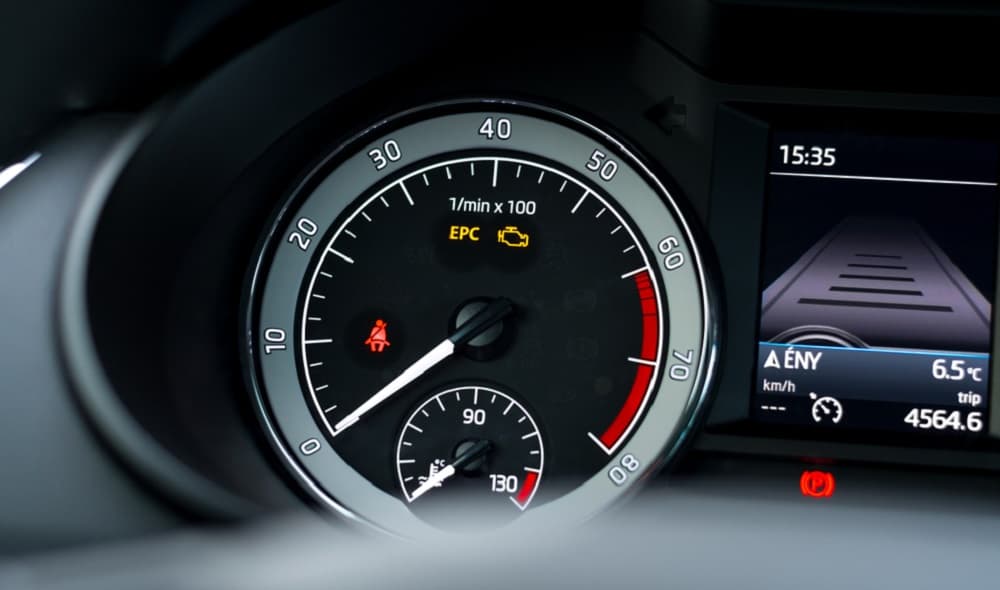
What is EPC light?
“EPC” stands for “Electronic Power Control” so it means “electronic control of power/energy.” This refers to the control of the accelerator pedal, more specifically, the electronic accelerator pedal. Electronic control is increasing in many vehicles, and this system is called EPC at Volkswagen.
You can easily recognize the EPC light; the letters EPC light up. Usually, the light can be found near the oil lamp and should catch your eye when you see it, as it stands out on the dark background. Basically, if you see a light that suddenly lights up, you should always pay attention and clarify why this light is on.
What does the EPC light mean?
If the EPC light is on, it means there is a problem or fault with the electronic accelerator pedal. This doesn’t have to mean that you can’t drive or that you notice the misbehavior in the car. The light should ideally be used as an early warning light, alerting you to problems before they become dangerous. If the light is on continuously, you should go to a workshop to find out why the light is on and have the problem fixed. The severity of a malfunction depends on the nature of the problem. Therefore, you should not hesitate to take your car to a garage if this or any other light in the car sounds an alarm.
If you have the impression that the malfunction is affecting the driving behavior of the car, then you should turn it off in case of doubt and then have it towed. Otherwise, you may endanger yourself or cause an accident.
How does the electronic accelerator pedal work?
The accelerator pedal of a vehicle can work either mechanically or electronically. In older vehicles, it usually works mechanically. The pressure of the pedal is transmitted via a linkage. On the other hand, with an electronic accelerator pedal, the pressure is transmitted using electronic signals.
Difficulties can arise here if the transmission is disturbed or the sensors are defective. Since the electronic accelerator pedal is usually double protected, a fault can be detected and rectified before a safety risk occurs. Read another article to identify possible causes and solutions car jerking when accelerating.
Repair EPC system yourself?
If the EPC people light up, it belongs in a professional’s hands. Especially with modern cars, a problem like this cannot be repaired by yourself, or you should only repair it yourself if you can do it safely. Otherwise, the risk is too high that you will not fix the problem but create a safety hazard. Unlike mechanical issues, you also need special equipment to trigger the fault, and garages have this equipment.
Common fault codes when EPC light is active:
- P0226
- P0571
- P0703
- P0830
- P2121
- P2128
- P2135
- P2299
- P334A – Boost pressure controller, electrical fault
What you need for the diagnosis
- Diagnostic device (OBDII)
- Diagnostic software
- PC/laptop with an Internet connection
Yellow EPC light in the instrument cluster – where is the fault?
- to identify the fault that triggers the EPC indicator light to go off, a fault diagnosis must be performed using a compatible OBD-II diagnostic device.
- to do this, connect the diagnostic tester to the diagnostic interface and a computer and perform a scan of the OBD ECU.
- stored error codes in the OBD memory are displayed with the corresponding error text, e.g. P0571 – brake light switch, signal implausible.
EPC light – possible causes & faulty components
- Defective accelerator pedal sensor.
- Maybe faulty brake light switch.
- Defective clutch pedal switch.
- Throttle valve actuator motor fault.
- Defective throttle valve potentiometer.
The listed components or their connections and wiring can be responsible for the EPC LED lighting up and provide initial indications of the cause of the fault.
With this knowledge, you can investigate the actual fault. Using the appropriate diagnostic software, actuator tests are performed to test the functions of some parts. In the case of the brake light switch, you should also take a look at whether the brake lights are working as intended.
The online workshop can provide further valuable information on where the EPC error could have its cause. However, in the case of malfunctions of the throttle valve actuator and potentiometer, professionals must be called in, as the complete throttle valve unit must then usually be replaced. Only in a few cases can individual components of the throttle valve control unit be repaired or replaced.
EPC or MKL?
It is important to distinguish between the EPC light and the engine control light (MKL). Even cars that do not come from the Volkswagen Group can have an EPC indicator light. As a rule, this indicates a fault in the engine management system.
If only the yellow EPC light is activated in the instrument cluster of a VW Group vehicle, without the MKL (engine control light), there is a fault in the drive-by-wire system. Comfort functions such as the cruise control system are then inoperative. If there is an exhaust-relevant fault, the EPC light is always activated in addition to the obligatory MKL.
Diesel vehicles from the Volkswagen Group have similar technology, although a compression-ignition engine does not have a classic throttle valve. In diesel vehicles, drive-by-wire technology intervenes in the injection system, among other things. However, there is no EPC light here, so the preglow indicator light lights up or flashes in the event of malfunctions.

